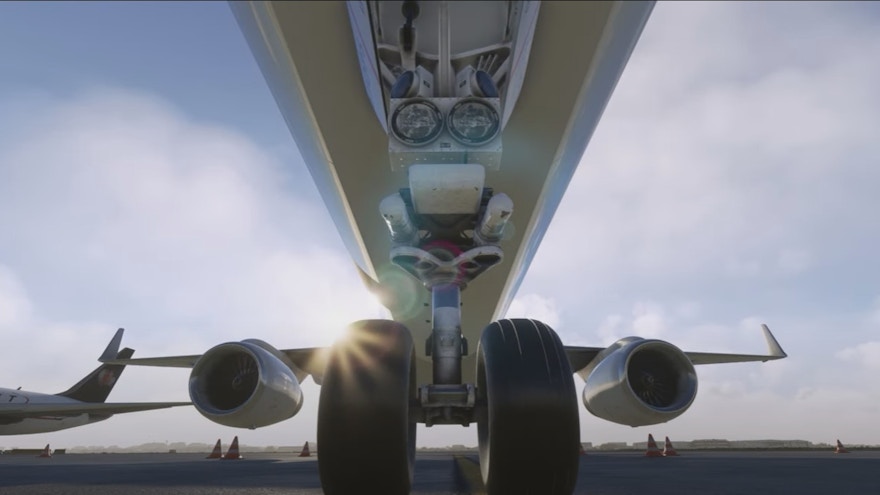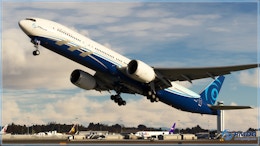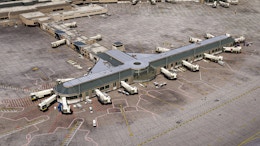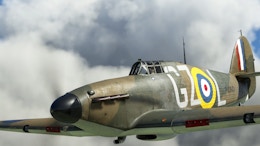A technical advisor for Bluebird Simulations, who are currently in the process of developing a Boeing 757 for Microsoft Flight Simulator, has published a short video of the aircraft in its current state to show the already high level of detail we can expect to see in the final product.
Ehviator, whose real name is Mitch, published the 2 minute video on his YouTube channel showing some of the features we can expect to see. Mitch explains in the video that he is a commercial pilot of the Boeing 757 and 767 for an airline in Canada, and is working with Bluebird Simulations as a technical advisor on the project.
He remarks in the video “many flight simulator enthusiasts may have a lot of questions and apprehension about this project, but I want to reassure everyone that the team at Bluebird is a dedicated group of individuals that take a lot of pride and passion in bringing the 757 to life”.
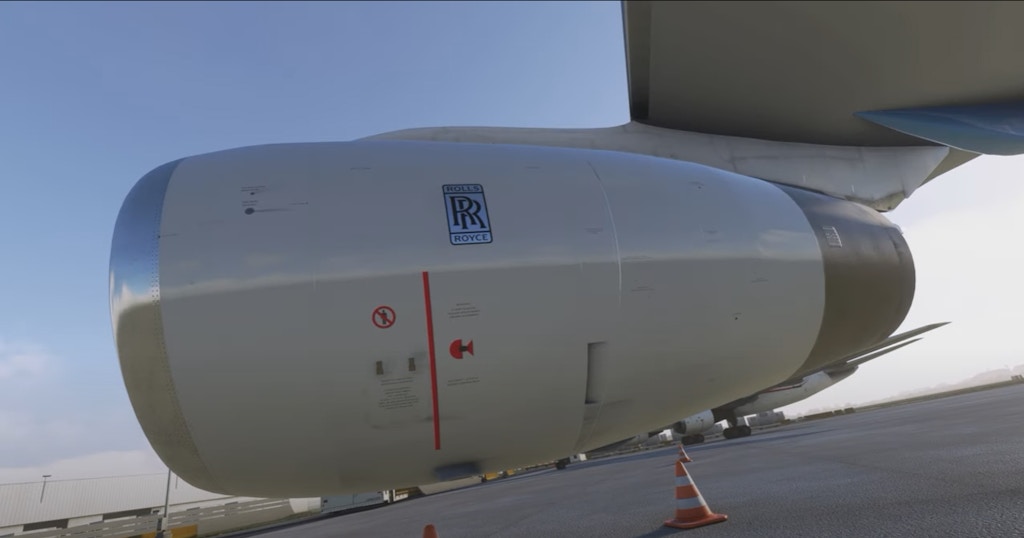
Mitch shows us some of the detailing that is already visible on the engines. Textures appear to be of a high resolution, and dirt, wear and marks are visible across the cowling and around the fan blades. Mitch explains that the engines (RB211-535E4) can put out 43,500lbs of thrust, giving the Boeing 757 equipped with this engine configuration a thrust-to-weight ratio of 0.341 – making it the most powerful commercial aircraft when comparing thrust-to-weight, with nothing newer able to beat it even in 2023.
Next, Mitch moves to a view of the fan blades and engine spinner. From the image we can again see visible dirt and wear has been added to the textures.

We then get a view of the forward landing gear. Mitch explains that although the taxi light is missing, this is because Boeing originally shipped the plane with the taxi light as an optional extra, located between the two wheels. In the version of the aircraft we can see in the video the taxi light is not installed, although it is yet to be seen whether Bluebird Simulations will include it as an option when the aircraft releases, much like Fenix Simulations did with options such as brake fans.
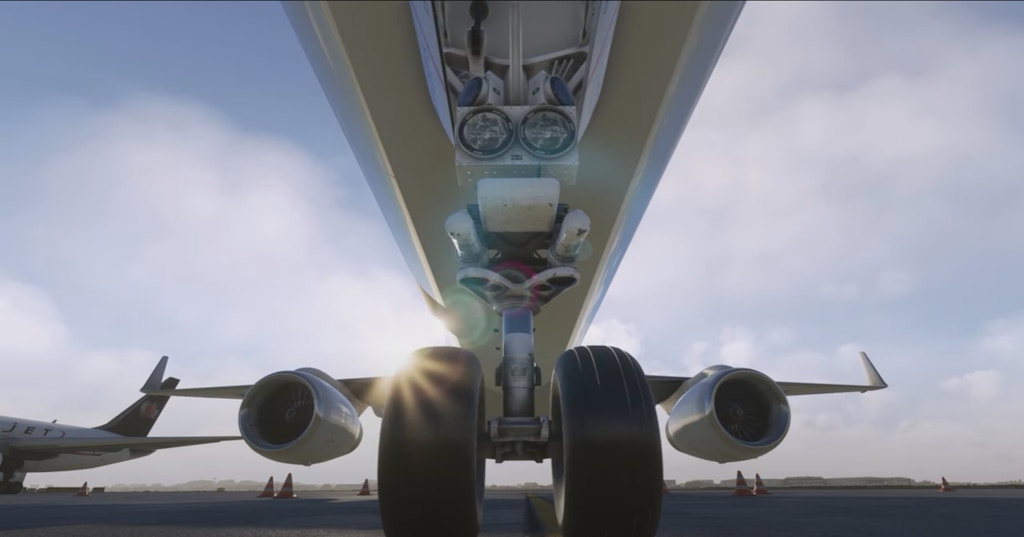
To the side of the forward gear, we can see a P62 control panel is present. Mitch explains that the panel can be used by ground engineers to shut down the APU in the event of a fire. The textures here are arguably not as impressive as those on the engines, although the description of the video does make clear that what we are seeing here is not necessarily reflective of the final product, nor should we as simmers take anything from the video as “final”.

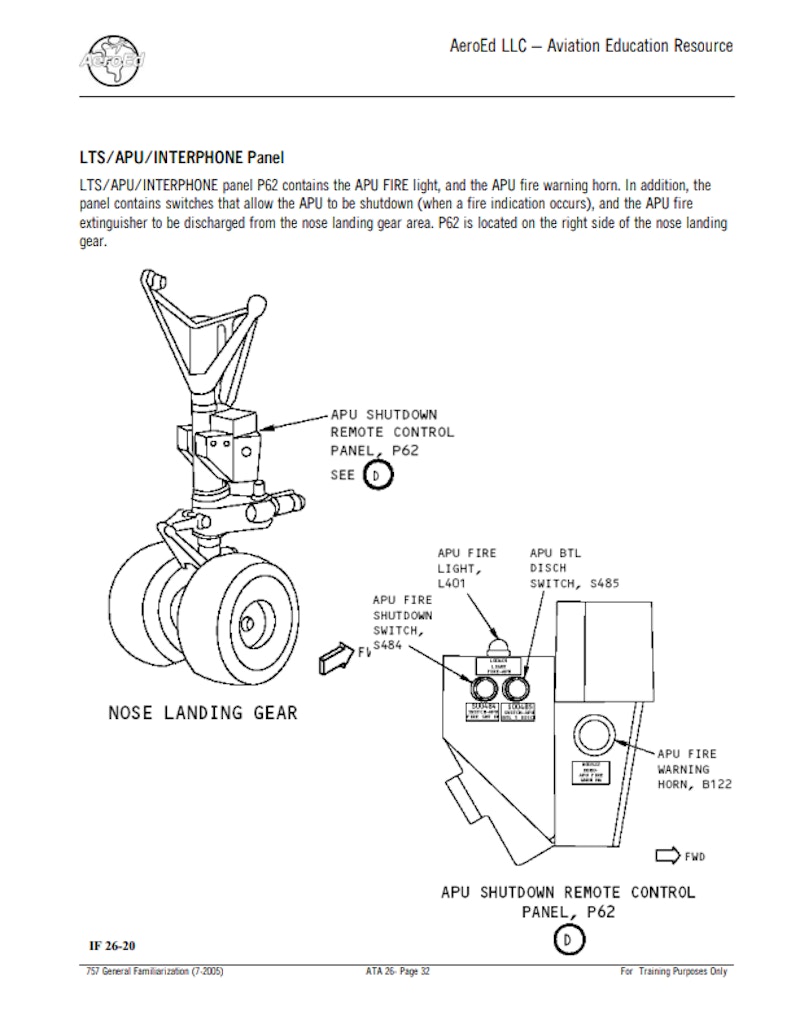
The video rounds off with Mitch telling us that these are just a handful of the features that can be expected on the Bluebird Simulations Boeing 757 for Microsoft Flight Simulator, and that updates will continue to be posted on the project through social media.
FSElite will continue to bring the latest updates to your news feed as soon as we get them.
